Time Period: Early Twentieth Century (1901 - 1940) - Starting with H
aka: Rock Armory
Hughes Water Tower
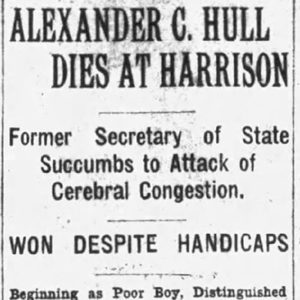 Alexander Hull Death Article
Alexander Hull Death Article
Human Dissection Monument
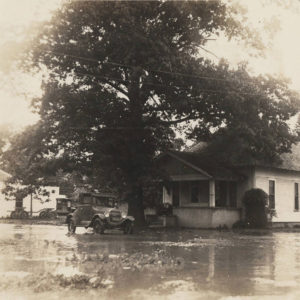 Humphrey Flood
Humphrey Flood
 Humphrey Flood
Humphrey Flood
Humphreys, Thomas Hadden
Humphreys’ Dairy Farm
 Hunt and Chambers
Hunt and Chambers
Hunt, Frances Rowena Mathews Jones
 Hunter Death Notice
Hunter Death Notice
 Hunter Sawmill
Hunter Sawmill
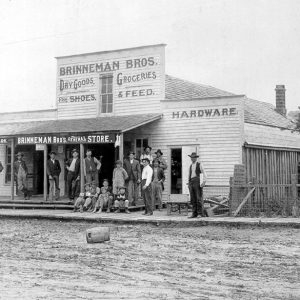 Hunter Store
Hunter Store
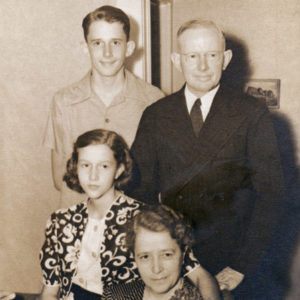 Joseph Hunter and Family
Joseph Hunter and Family
 Joseph Hunter
Joseph Hunter
Hunter, William (Lynching of)
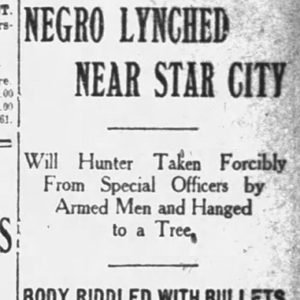 William Hunter Lynching Article
William Hunter Lynching Article
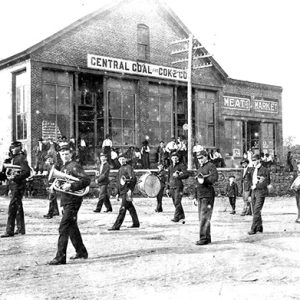 Huntington Band
Huntington Band
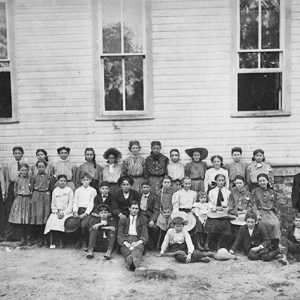 Huntington School
Huntington School
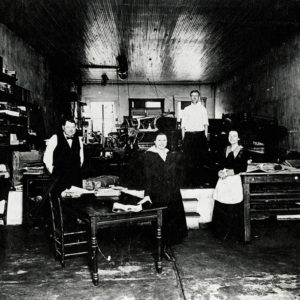 Huntington Newspaper
Huntington Newspaper
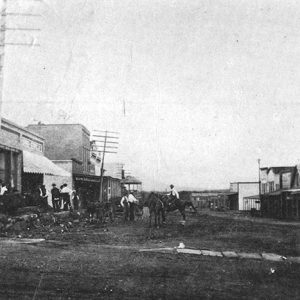 Huntington Street Scene
Huntington Street Scene
 Huntsville Ice Merchant
Huntsville Ice Merchant
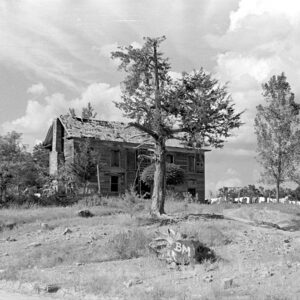 Huntsville Tavern
Huntsville Tavern
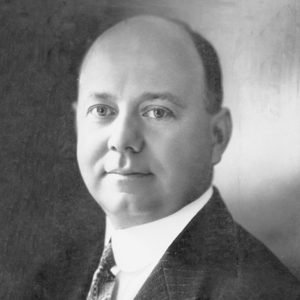 Wiley Hurie
Wiley Hurie
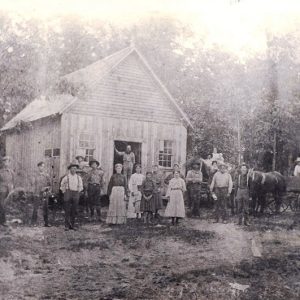 Hutchinson Post Office
Hutchinson Post Office
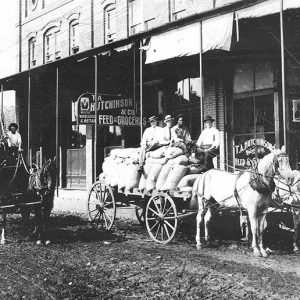 Hutchinson Feed Store
Hutchinson Feed Store
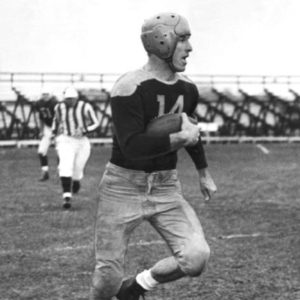 Don Hutson
Don Hutson
Hutson, Donald (Don)
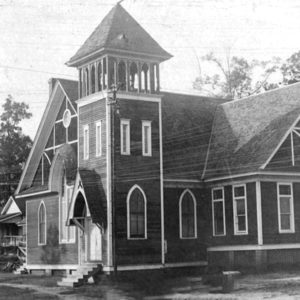 Huttig Church
Huttig Church
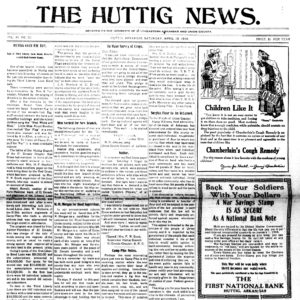 Huttig News
Huttig News
Hyten, Charles Dean
 Charles Hyten
Charles Hyten
 Charles "Bullet" Dean Hyten House
Charles "Bullet" Dean Hyten House
 Charles "Bullet" Dean Hyten House
Charles "Bullet" Dean Hyten House




